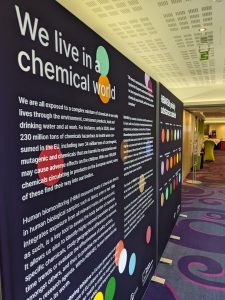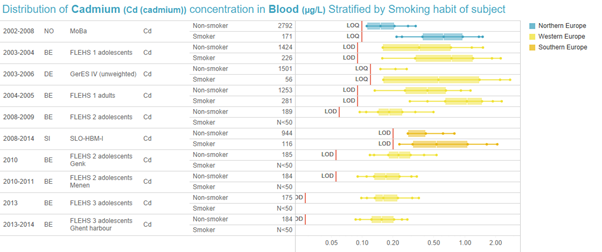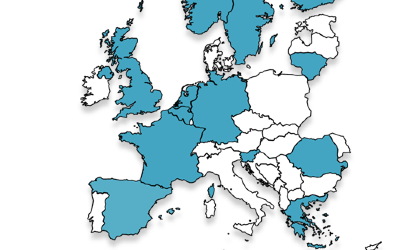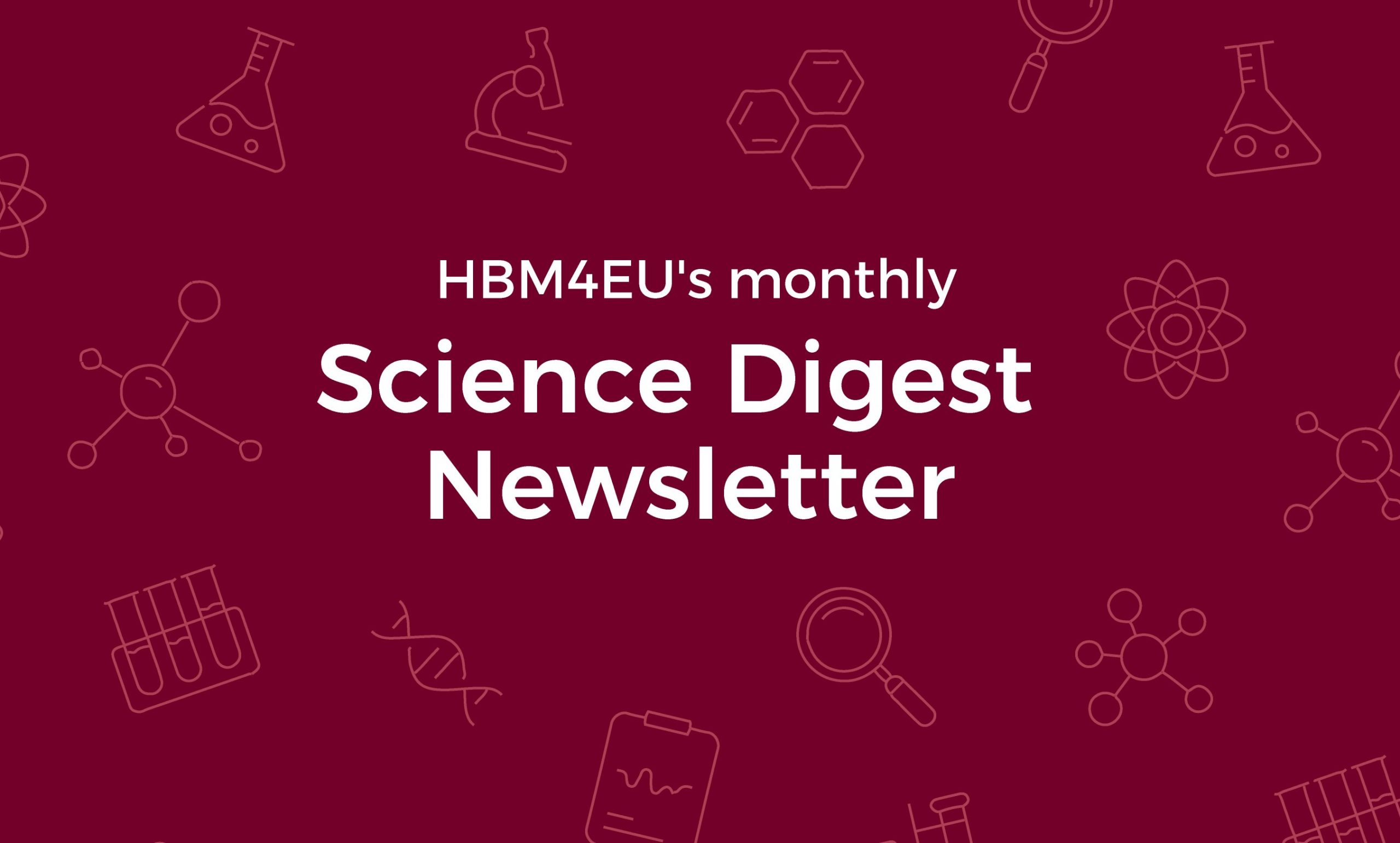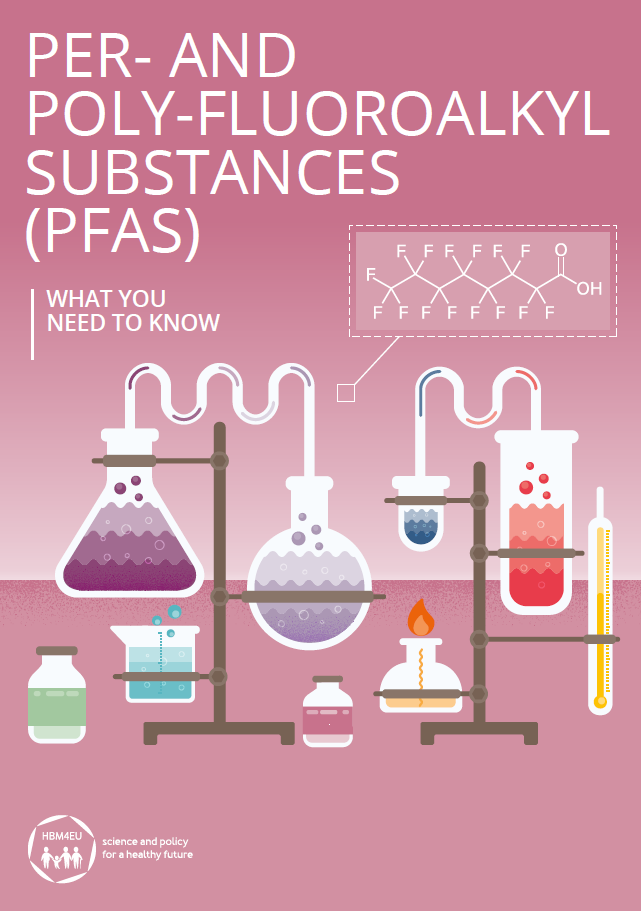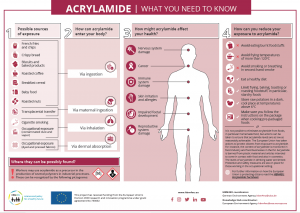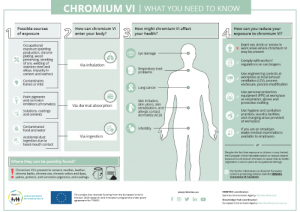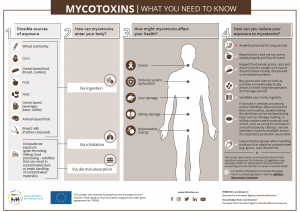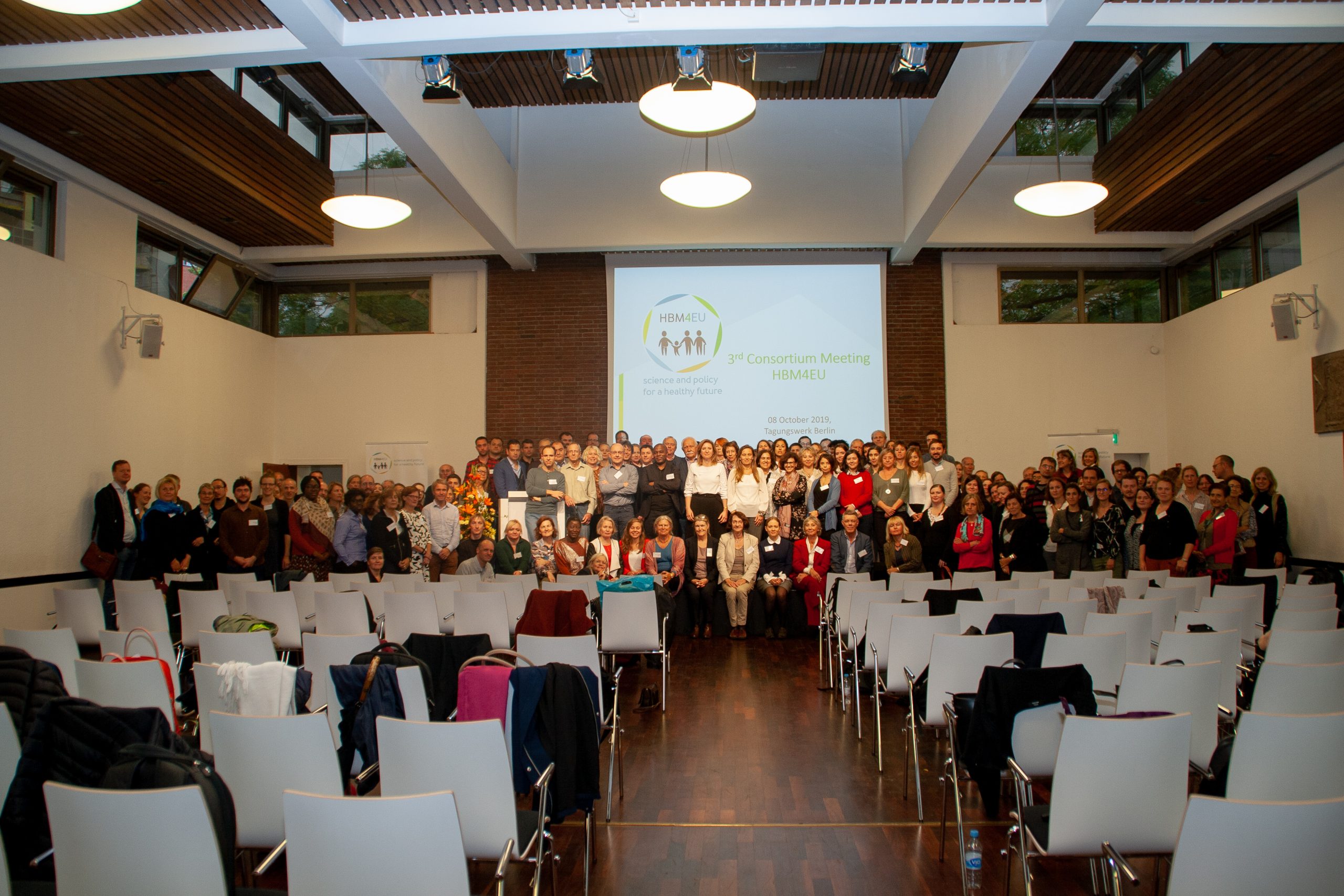
HBM4EU concludes today
After more than five years, the European Human Biomonitoring initiative comes to an end today. Coordinated by the German Environment Agency, the project comprised 120 partners from 30 participating countries.
The exposure of citizens to chemicals and related health impacts are the focus of public and political concern. Reliable data are the prerequisite on which policies, regulations and information for the general public must be based to safeguard a healthy life in a healthy Europe. Human Biomonitoring (HBM) is a key tool to investigate the exposure of people living in Europe, and to inform regulators and citizens about the extent of the pollution of the human body, the sources and meaningful protective measures. Therefore HBM4EU, a European Joint Programme funded under Horizon 2020, was established with 74 M euros allocated to advance human biomonitoring, produce comparable data and bridge science and policy.
The results of HBM4EU clearly show that the levels of some substances in the human body of the European population are still so high that adverse health effects cannot be excluded according to current knowledge and that there is an urgent need to address mixtures effects in the risk assessment.
HBM4EU has fed results and data into chemical-specific regulatory processes led by the European Commission, the European Chemicals Agency, the European Food Safety Authority, and the Secretariat of the Minamata Convention on Mercury at the United Nations Environment Programme. HBM4EU is also supporting regulatory measures addressing priority substances, such as the ongoing proposal to restrict a wide range of per- and polyfluoroalkyl substances (PFAS) under REACH and the recent EFSA draft opinion on Bisphenol A.
Looking forward, HBM4EU results will be used as a baseline against which the success of the EU Chemicals Strategy for Sustainability and Zero Pollution Action Plan will be measured. We have also contributed to shaping the next research agenda for chemicals at the European level – the European Partnership for the Assessment of Risks from Chemicals (PARC).
As the current project concludes, we would like to bring your attention to the materials produced to advance human biomonitoring, raise awareness about chemical exposure and incite additional policy measures to protect European citizens and the environment.
Citizens:
Policymakers:
Scientists:
- Training sessions
- Research briefs
- EU biomonitoring dashboard
- Quality-assured laboratory network
A warm thank you to all the coordinators, partners, coordinators and study participants!

